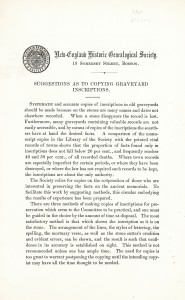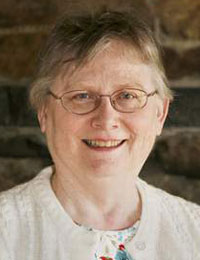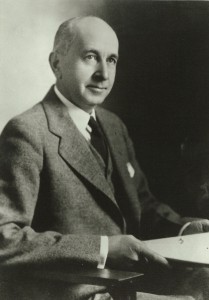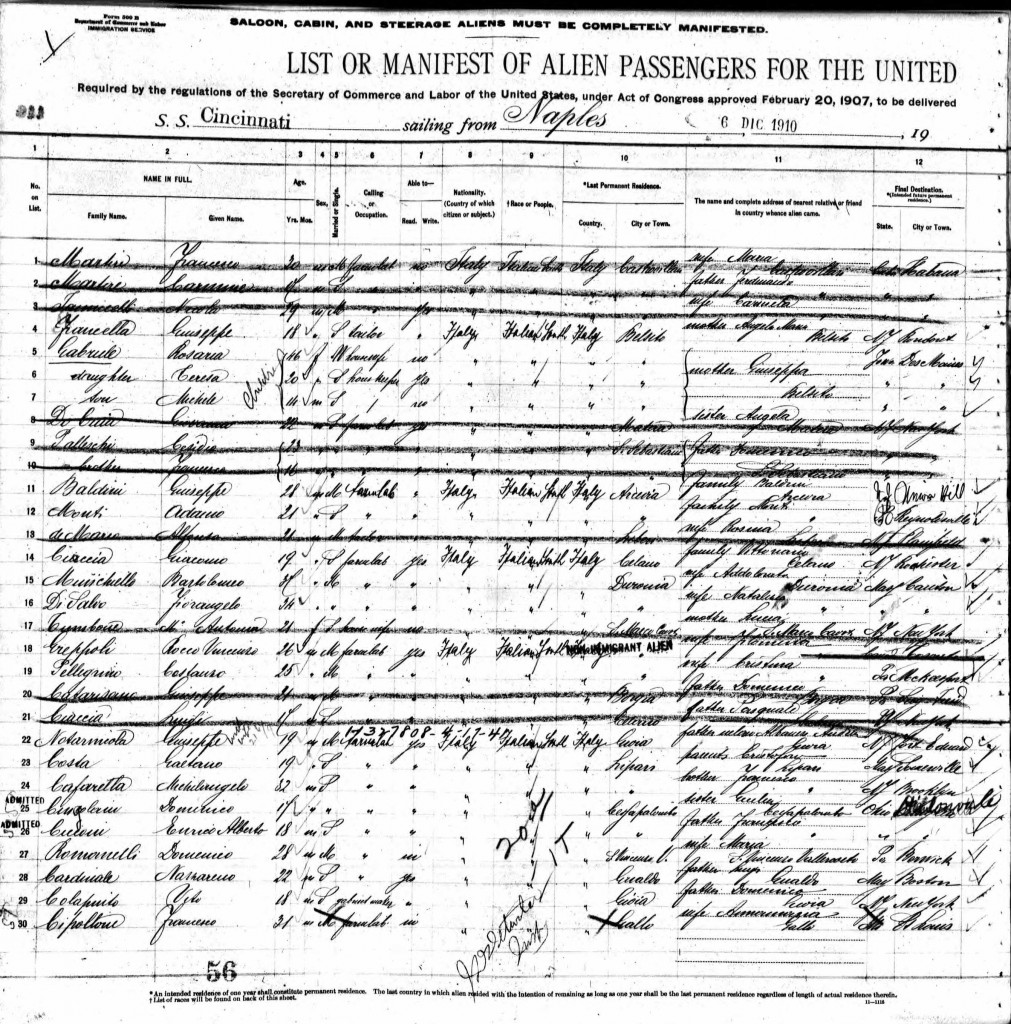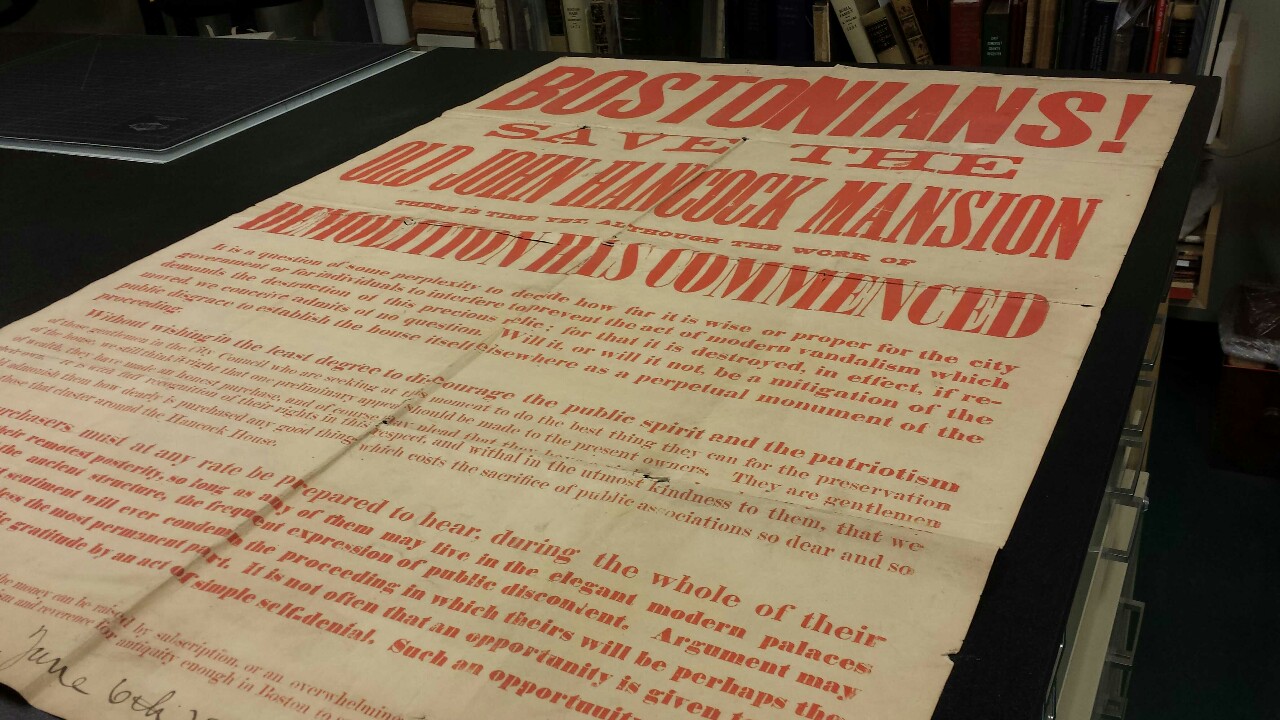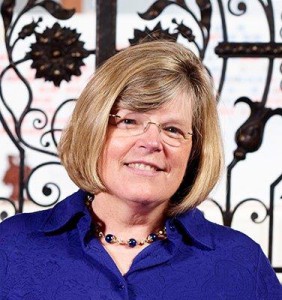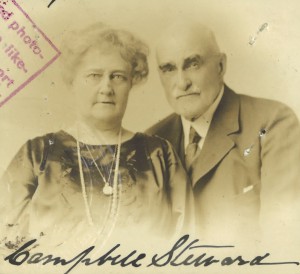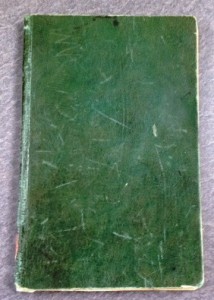
“Christmas won’t be Christmas without any presents,” grumbled Jo, lying on the rug.
“It’s so dreadful to be poor!” sighed Meg, looking down at her old dress.
“I don’t think it’s fair for some girls to have plenty of pretty things, and other girls nothing at all,” added little Amy, with an injured sniff.
“We’ve got Father and Mother, and each other,” said Beth contentedly from her corner.
So begins Louisa May Alcott’s novel, Little Women, whose opening lines have always stuck in many readers’ minds, including my own. When reading Little Women as a young man, I was unaware that I would one day find a manuscript that mentions her controversial father, Bronson Alcott, who was a teacher, philosopher, and creator of the Temple School in Boston, Massachusetts, in the early nineteenth century. Continue reading Excerpts from Martha Anne Kuhn’s diary, 1836
